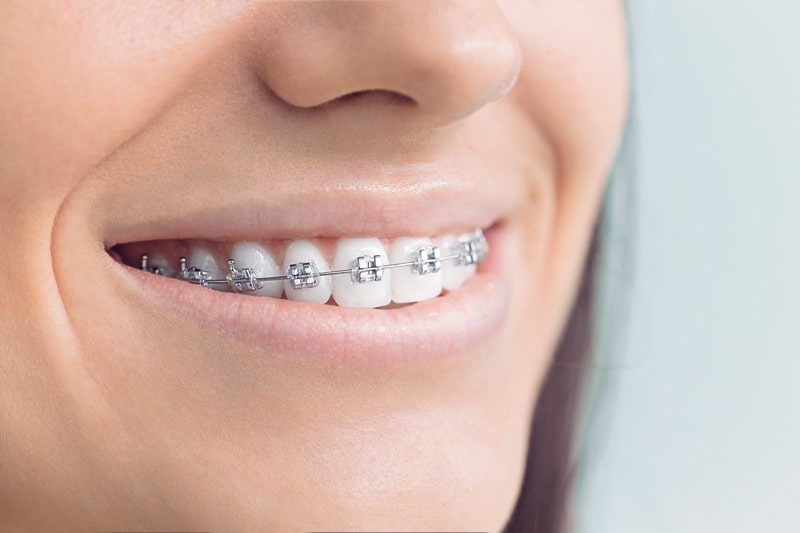Getting braces as an adult is a difficult decision for various reasons, and then there is the dilemma of deciding between traditional and lingual braces! In order to make the best decision, you must first comprehend the distinctions between these two orthodontic appliances, and that is precisely what we will do next. A dentist in Brookline, MA can help.
Lingual orthodontics are less noticeable.
The primary benefit of lingual braces over traditional braces is discretion. If you elect for linguals, you will not see metal brackets in front of your teeth, which is contrary to what we typically expect from orthodontic treatment. The placement of lingual braces behind the teeth renders them invisible to everybody except your orthodontist. There are additionally braces that cover only the front six teeth, which are the teeth that are most visible when a person smiles. Again, these are situated behind the teeth, making them invisible to anyone observing your teeth. Depending on the patient, treatment typically lasts between six and sixteen weeks. They are highly effective at progressively moving the teeth into position.
What similarities exist between the two?
Traditional and lingual braces are comparable in that they both consist of metal retainers and wires. Nonetheless, there are significant disparities between their methods of accomplishing the task. Specifically, lingual braces gradually reposition the teeth and gums from their hidden locations behind the teeth, whereas conventional braces do exactly that from the front of the teeth.
Initially, lingual braces can affect speech.
Perhaps this is why not everyone chooses lingual braces because although they are not visible, their presence usually influences speech. The good news is that individuals adapt to them in a few weeks or, at most, a month, and speech problems disappear shortly thereafter. Traditional braces can also affect speech, so they are not a perfect solution for this issue, although the effect is typically less pronounced than with lingual braces. Which one operates quicker? It takes roughly the same amount of time to have your teeth restored, between 18 and 24 months, with both procedures. After the treatment period is complete and the braces are removed, retainers may be necessary to keep the teeth in position.
Traditional braces are more affordable.
Traditional braces are less expensive than lingual braces because traditional braces require less time and effort from the orthodontist. On the other hand, Linguals require the care of skilled orthodontists for a significantly longer period. This regrettably makes them somewhat more expensive than their conventional counterparts.
Maintenance
Maintaining any type of braces requires diligence, as you must clean, brush, and floss frequently and thoroughly. Additionally, there will be restrictions on sticky or tough foods such as candies, fruits, firm shells, etc. However, when compared, one must concede that lingual braces will need a bit more effort to clean; however, this initial effort is hardly important in the long run.












